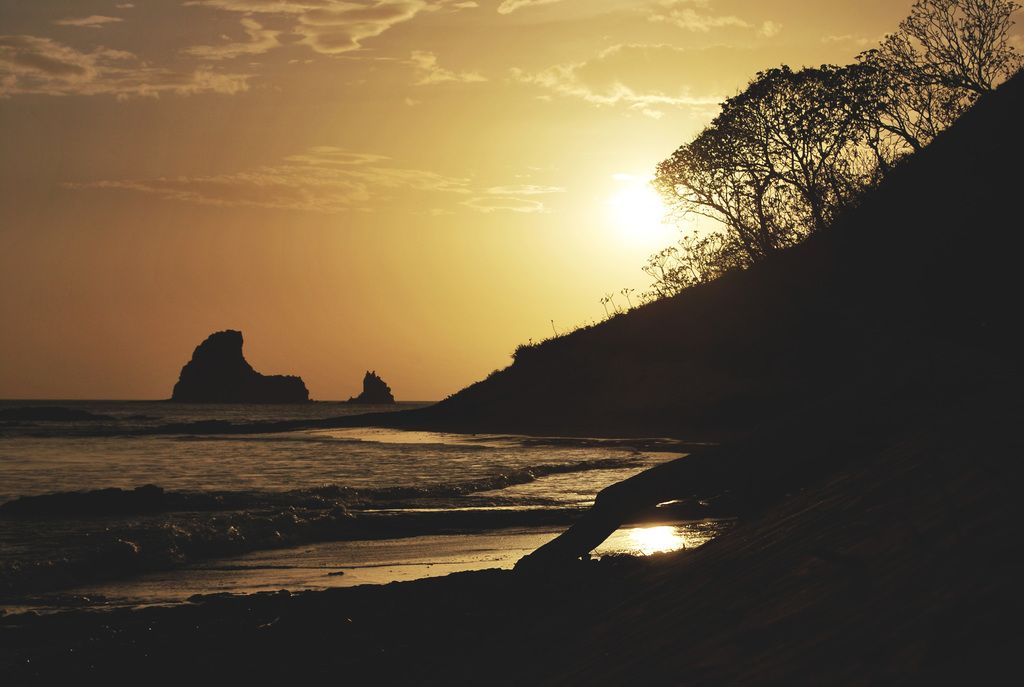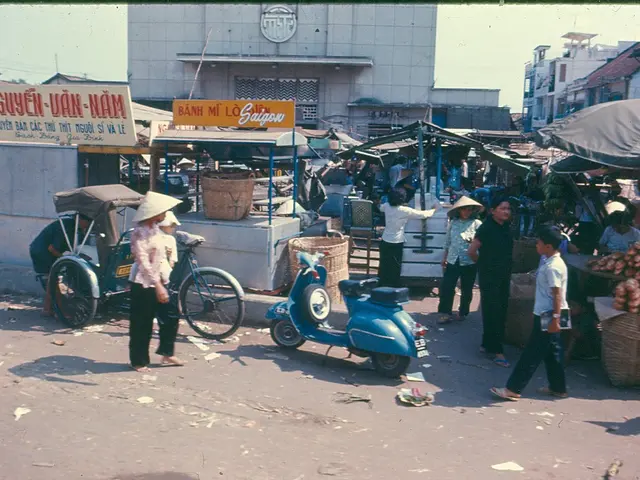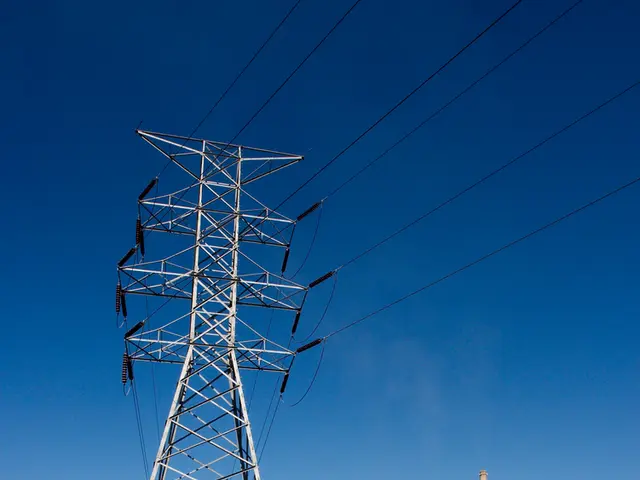Regional Spotlight: Kentucky's Vibrant Soil and Vegetation Biodiversity
Heydrop! Here's the skinny on Kentucky's ecological regions. This southern state boasts a diverse array of plant life and landscapes thanks to its varied climate and soil conditions. Let's dive into the lowdown on each region.
Bluegrass Region
In Kentucky, the Bluegrass Region is the place to be for a spectrum of locally adapted plant species. Some plant pals you might encounter here include:
- New England Aster
- Purple Giant Hyssop
- Canada Wild Rye
- Bur Oak
- Blue Ash
And check out the Inner Bluegrass, where you'll find unique plant species like Kentucky Clover, Rock Elm, and Aromatic Aster. The Outer Bluegrass is home to Green Antelopehorns, Canadian Goldenrod, and Pussy Willow. And let's not forget The Knobs sub-region, which features Wild Pink, Pale Spiked Lobelia, and Smooth Blue Aster.
Pro tip: If you're planting in non-salty soils, you'll have a blast in this region.
Appalachian Plateaus
Characterized by rugged terrain, this region is a paradise for plants that love rocky landscapes. Although heavy logging, chestnut blight, and coal mining took a toll on the original forests, some hardy plants continue to thrive. For example, check out the Downy Goldenrod, Red Trillium, Appalachian Sedge, Pinxter Flower, and Eastern White Pine.
If you're into prepping soil for lavender, this guide will be your new BFF.
Mississippian Plateau
This region gets its name from the European mint-like plant brought over, Pennyroyal. It's home to cities like Bowling Green, Elizabethtown, and Somerset. The Eastern Mississippian Plateau is less rugged and features steep ridges, while the Western Mississippian Plateau is flatter and contains more prairie-specific plants.
The Eastern Mississippian Plateau dons Yellow Wakerobin (Trillium luteum), Carolina Climbing-Milkweed, and Showy Goldenrod. The Western Mississippian Plateau boasts Prairie Dropseed, Limestone Fameflower, and Purple Prairie Clover.
Ponder this: Is banana skin suitable for plant soil?
Shawnee Hills
Home to a variety of rocky hills, this region has its unique plant species, including Wild Quinine, Prairie Rosinweed, Woodland Pinkroot, Pecan, and Overcup Oak.
In moist soils, it's time for action! Learn how to repot plants.
Jackson Purchase
Known for its agricultural activities, this region was once part of the Cotton Belt in the Old South. Today, cotton, soybeans, beef cattle, hogs, and dairy products dominate the scene. Despite human development, a small wetland area, Murphy's Pond, remains protected.
Wanna grow native plants to the Jackson Purchase? Here's your plant list:
- Snow Squarestem
- Eastern Bluestar
- Leafy Blue Flag
- Palm Sedge
- Baldcypress
Planning on planting in desert soil? Get some tips here.
Stay tuned for our FAQ section to gain even more knowledge!
- In the Bluegrass Region of Kentucky, science enthusiasts can discover a variety of unique plant species during their educational and self-development journey, such as the New England Aster, Purple Giant Hyssop, Canada Wild Rye, Bur Oak, and Blue Ash.
- The Shawnee Hills, another ecological region in Kentucky, offers opportunities for exploration and learning in science and education-and-self-development pursuits. Visitors may encounter native species like Wild Quinine, Prairie Rosinweed, Woodland Pinkroot, Pecan, and Overcup Oak during their adventures.







